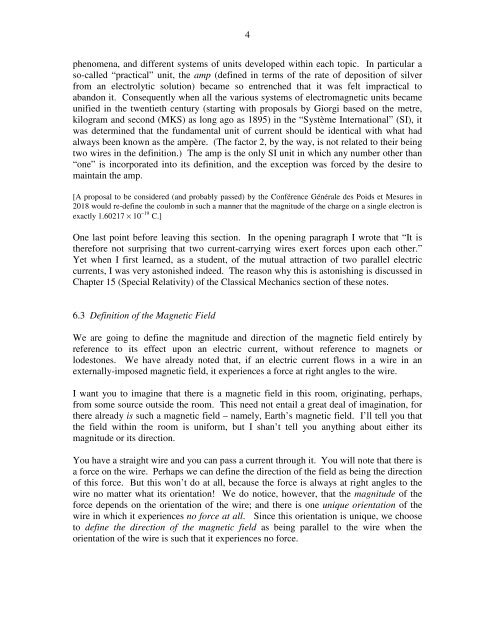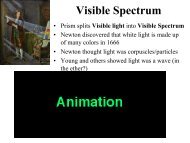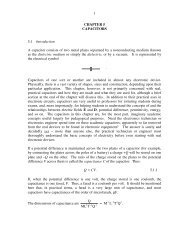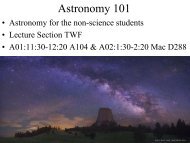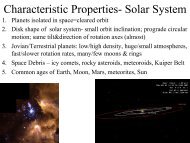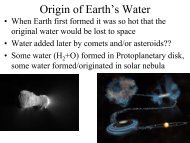1 CHAPTER 6 MAGNETIC EFFECT OF AN ELECTRIC CURRENT ...
1 CHAPTER 6 MAGNETIC EFFECT OF AN ELECTRIC CURRENT ...
1 CHAPTER 6 MAGNETIC EFFECT OF AN ELECTRIC CURRENT ...
- No tags were found...
Create successful ePaper yourself
Turn your PDF publications into a flip-book with our unique Google optimized e-Paper software.
4phenomena, and different systems of units developed within each topic. In particular aso-called “practical” unit, the amp (defined in terms of the rate of deposition of silverfrom an electrolytic solution) became so entrenched that it was felt impractical toabandon it. Consequently when all the various systems of electromagnetic units becameunified in the twentieth century (starting with proposals by Giorgi based on the metre,kilogram and second (MKS) as long ago as 1895) in the “Système International” (SI), itwas determined that the fundamental unit of current should be identical with what hadalways been known as the ampère. (The factor 2, by the way, is not related to their beingtwo wires in the definition.) The amp is the only SI unit in which any number other than“one” is incorporated into its definition, and the exception was forced by the desire tomaintain the amp.[A proposal to be considered (and probably passed) by the Conférence Générale des Poids et Mesures in2018 would re-define the coulomb in such a manner that the magnitude of the charge on a single electron isexactly 1.60217 % 10 −19 C.]One last point before leaving this section. In the opening paragraph I wrote that “It istherefore not surprising that two current-carrying wires exert forces upon each other.”Yet when I first learned, as a student, of the mutual attraction of two parallel electriccurrents, I was very astonished indeed. The reason why this is astonishing is discussed inChapter 15 (Special Relativity) of the Classical Mechanics section of these notes.6.3 Definition of the Magnetic FieldWe are going to define the magnitude and direction of the magnetic field entirely byreference to its effect upon an electric current, without reference to magnets orlodestones. We have already noted that, if an electric current flows in a wire in anexternally-imposed magnetic field, it experiences a force at right angles to the wire.I want you to imagine that there is a magnetic field in this room, originating, perhaps,from some source outside the room. This need not entail a great deal of imagination, forthere already is such a magnetic field – namely, Earth’s magnetic field. I’ll tell you thatthe field within the room is uniform, but I shan’t tell you anything about either itsmagnitude or its direction.You have a straight wire and you can pass a current through it. You will note that there isa force on the wire. Perhaps we can define the direction of the field as being the directionof this force. But this won’t do at all, because the force is always at right angles to thewire no matter what its orientation! We do notice, however, that the magnitude of theforce depends on the orientation of the wire; and there is one unique orientation of thewire in which it experiences no force at all. Since this orientation is unique, we chooseto define the direction of the magnetic field as being parallel to the wire when theorientation of the wire is such that it experiences no force.


